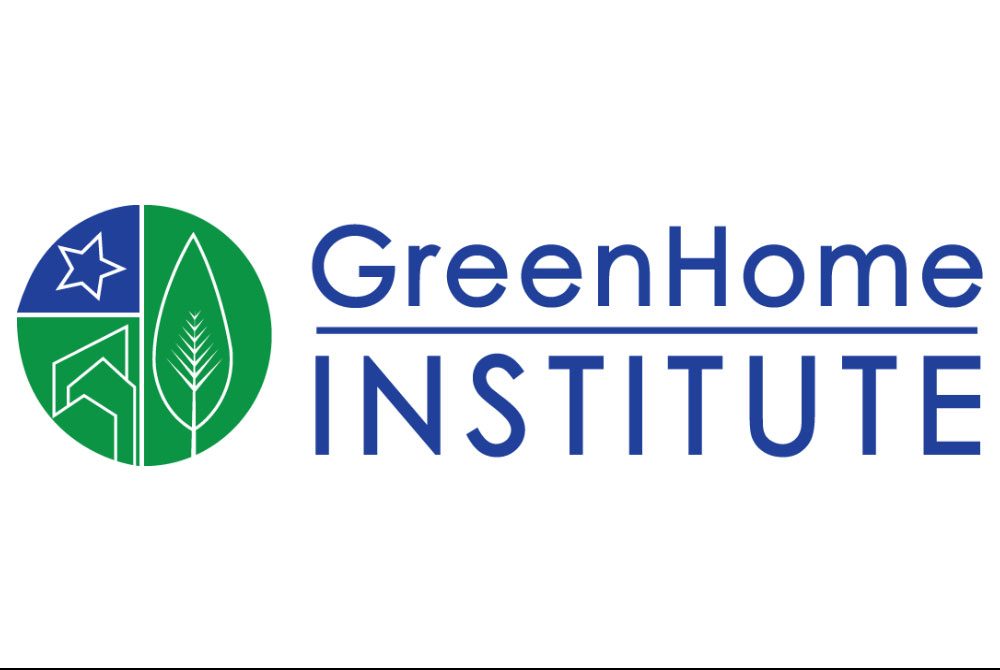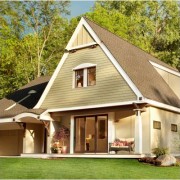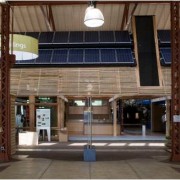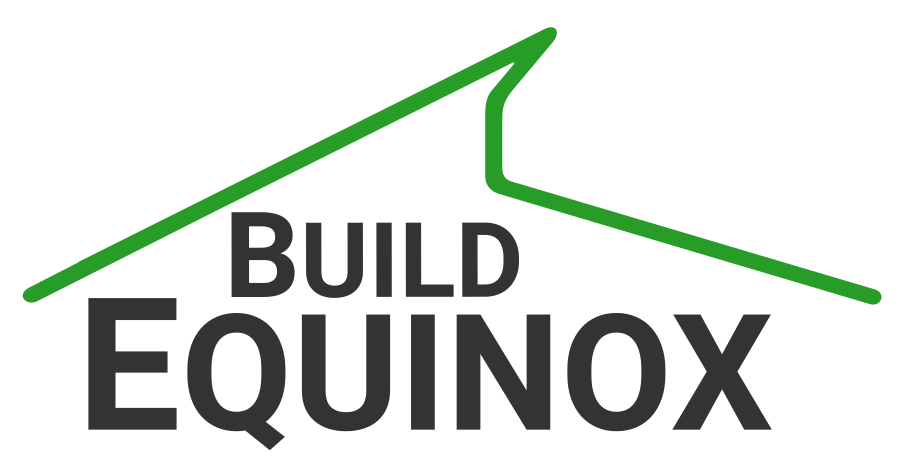Written by GHI Board Member Morna Hallsaxton
What does it mean to have a residential building with zero energy? Is it worth the cost?
The answers to these two very important questions are yes and yes. Reducing the energy use of a residential home can be easily done with the right planning and involvement of knowledgeable contractors.
This article is the first of a six -blog series about the ten tips and tricks to reducing the energy consumption of residential buildings so as to achieve to zero energy. This blog will discuss the first two tips.
First, we will define what “No Utility” means and that also corresponds to Zero Energy. To remove some confusion, it is best to recognize that No Utility or Zero Energy does not mean that there would be only one energy source, like electricity or batteries. Also, zero energy does not mean that the energy used for the residential building is off the grid.
Zero Energy does mean that the home is designed, built and tested with the ability to produce more energy than what the home would use in one year with average occupants, average climate for an average year. This means that the renewable energy equipment has generated more energy (Kwh) than the energy the home has used in one year. It is also important to recognize that the energy use would be an average for the home with average conditions.
The easiest way to know if there is an abnormal home energy use is to measure the amount of energy used in the home for one full year. Different amounts of energy use can occur at different times of the year due to the weather. Measuring the energy use can help the homeowner monitor when the time of the year the energy use is the highest and when it is the lowest. Knowing the energy cost / year can also help the homeowner monitor when the cost of the installed renewable energy equipment has paid for itself as the cost of the home’s energy use has decreased from the renewable energy equipment.
Tip number one. Have a clear understanding and definition of the goals and intent of getting zero energy to the residential building. It is best to start with a meeting for the entire building/ renovation team to discuss the clear and concise goals. Another name for this meeting is called a design charrette. This meeting includes all of the construction participants such as the builder, heating and cooling installer, plumber, electrician, designer, architect, landscape architect and Home Performance Contractor. This ensures that all of the participants in the project are aware of the methods to build to zero energy and what is expected for the finished design. It is easiest to have a goal of following one of the Net Zero programs, which will be discussed in a later blog.
The second zero energy tip is to know what the current Solar Income is for the site. Though there can be different renewable resources available (wind and water), this article will discuss focus on solar energy resources. Determining the Solar Income will allow one to know what are the best renewable resource and their limits.
The National Renewable Energy Laboratory (NREL) has a website that will provide a report about the solar energy a site can generate in a year. This website location, PVwatts.nrel.gov/ estimates the energy production and cost of energy of grid-connected solar panels throughout the world and it starts with an address. Conversation with a solar panel expert can best explain these results and how to proceed.
Please email Brett Little at Brett.little@greenhomeinstitute.org with questions and / or comments. We would like to hear back from you. Additionally, next week will be the second blog of a six part series about the Ten Simple Steps to Get Zero Energy Use for your Home.




